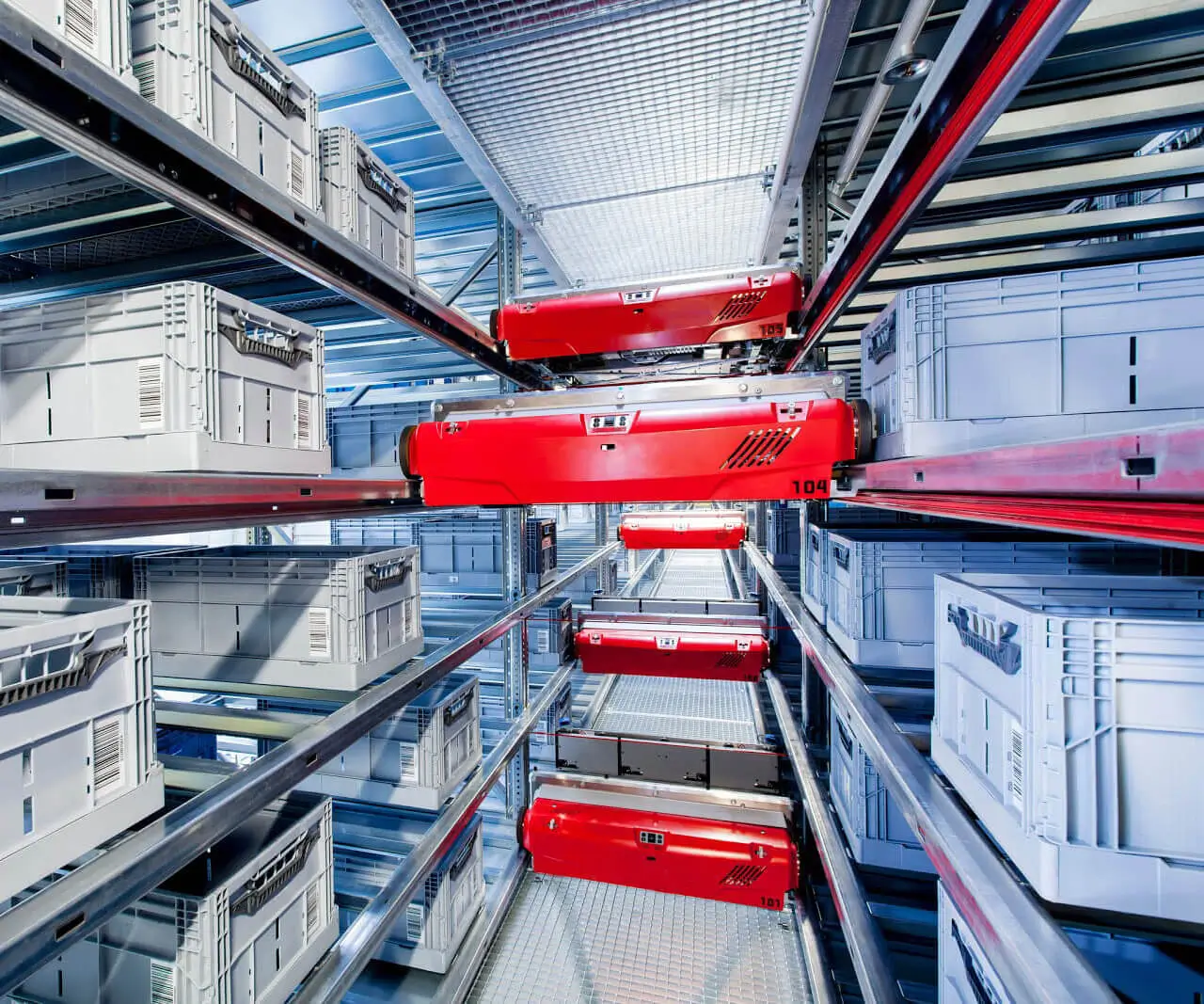Introduction: The Pulse of Precision Machinery
In the world of automation and robotics, a tiny yet powerful component quietly drives the magic—servomotors. These specialized motors are the backbone of countless applications ranging from industrial robots and aerospace control systems to remote-controlled vehicles and sophisticated camera systems. Their ability to provide precise movement and control has made them indispensable in modern engineering.

But what exactly makes servomotors so special? To understand their significance, we need to delve into their working principle, structure, and the science that fuels their precision.
Understanding Servomotors: The Basics
At their core, servomotors are a type of motor equipped with a feedback mechanism and built-in control circuitry. Unlike standard motors that simply run continuously when powered, servomotors are designed for precise position, speed, and torque control. This is achieved through a combination of hardware and control algorithms that continually adjust their operation.
The key difference is the integrated feedback system—usually an encoder or a potentiometer—that constantly reports the motor’s position back to the controller. This closed-loop setup allows the servo to make fine adjustments, ensuring it reaches and maintains the desired position or velocity with remarkable accuracy.
Types of Servomotors
While the fundamental concept remains consistent, different types of servomotors exist to suit specific needs:
AC Servomotors: Resilient and suitable for high-power applications, often found in industrial robotics. They operate on alternating current and require complex control circuits.
DC Servomotors: Powered by direct current, these are more straightforward and widely used in hobbyist and small-scale applications. They include brushed and brushless types.
Brushless DC Servomotors (BLDC): Offering higher efficiency and longer lifespan, these are common in modern robotics and aerospace applications.
Torque and Position Servos: Designed specifically for high torque or precise positional control, respectively.
The Anatomy of a Servomotor
A typical servomotor consists of several key components:
Motor: The core device that produces rotational or linear motion.
Gear Train: Reduces the motor's high speed and increases torque, enabling controlled movement.
Feedback Device: Usually an encoder or potentiometer, providing real-time position data.
Controller Circuit: Interprets the input signal and compares it with feedback to adjust the motor's operation accordingly.
Control Signals and Command Inputs
Servomotors are typically controlled via a PWM (Pulse Width Modulation) signal, where the width of the pulse indicates the target position or speed. The control system receives commands from a microcontroller or other computing device, translating logical commands into physical movement.
Imagine a servo receiving a command to rotate to 90 degrees. The controller sends a PWM signal corresponding to 90 degrees, and the feedback system ensures the motor turns until the encoder confirms the position is reached. If deviations occur, the controller makes micro-adjustments instantly, maintaining perfect alignment.
Closed-Loop Control: The Heartbeat of Servomotors
This continuous feedback mechanism is what sets servomotors apart. It uses what's termed a "closed-loop control system," often implemented through a PID (Proportional-Integral-Derivative) controller. Think of it as a highly attentive driver constantly adjusting the steering to keep the car on the road.
Proportional: Corrects the error based on the current difference between desired and actual positions.
Integral: Accounts for accumulated past errors to prevent steady-state offsets.
Derivative: Reacts to the rate of error change, smoothing out rapid deviations.
By tuning these parameters, the system can achieve highly precise and stable control, making servomotors perfect for applications demanding exact positioning.
Working Principle Simplified
To simplify, the working principle of a servomotor involves:
Receiving a command: The control circuit receives a position or speed target.
Activating the motor: Based on the command, the motor begins to turn.
Monitoring feedback: An encoder or sensor sends real-time position data back.
Adjusting operation: The controller compares the feedback to the target, computes the error, and adjusts motor power accordingly.
Reaching equilibrium: The motor continues adjustments until the feedback matches the target, then maintains that position or speed.
This cycle repeats continuously, with adjustments happening thousands of times per second in high-performance systems, allowing exquisite control over movement.
Applications in Industry and Beyond
The versatility of servomotors has led to their widespread adoption across numerous fields:
Industrial Automation: Precise control of manufacturing robots, CNC machines, and conveyor systems.
Aerospace: Controlling aircraft surfaces, satellite positioning, and drone navigation.
Medical Devices: Robotic surgical tools and imaging systems rely on servomotors for accuracy.
Consumer Electronics and Hobbyism: Remote control cars, robotics kits, and camera autofocus mechanisms.
Automotive: Electric power steering, adaptive cruise control, and automated driving systems.
Every application benefits from the core characteristics of servomotors: accuracy, speed, durability, and responsiveness.
Advantages of Using Servomotors
High Precision: Capable of positioning accuracy in the fraction of a degree.
Efficiency: Minimized energy waste with controlled operation.
Dynamic Response: Fast and accurate adjustments to changing commands or loads.
Durability: Designed to operate under continuous loads without significant wear.
Compactness: Small size relative to their performance, ideal for space-constrained designs.
Leveraging innovations in modular drive technology, Kpower integrates high-performance motors, precision reducers, and multi-protocol control systems to provide efficient and customized smart drive system solutions.




































